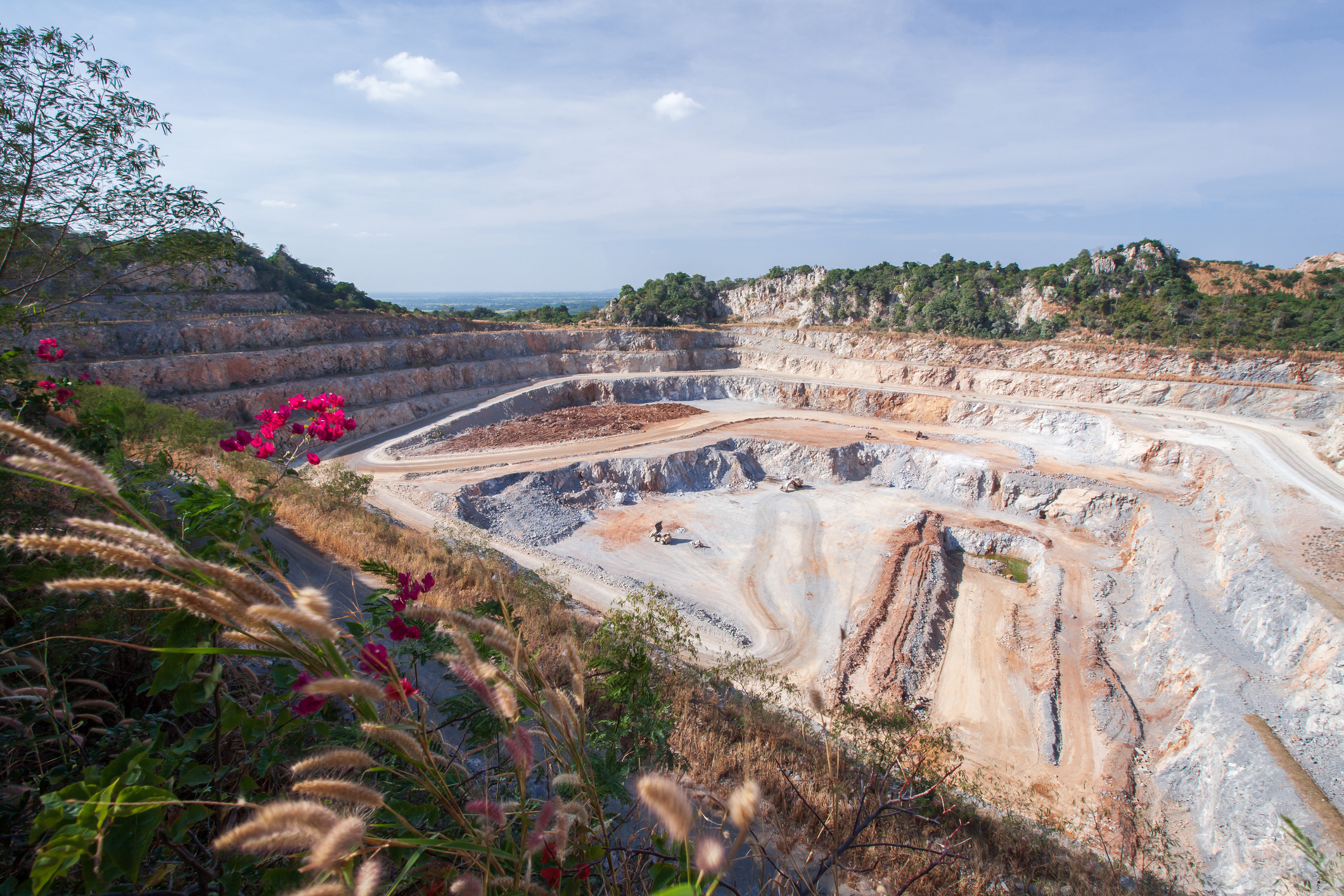Webinar: Critical raw materials and trading commodities

During the webinar of 18 April, Credendo’s Deputy CEO Nabil Jijakli explained why materials like cobalt, copper, lithium, but also rare earth materials pose such a challenge. The three main reasons are the risk of shortage, high concentration of reserve and refinery in a few countries and market price volatility. This is a fascinating topic that does not only concern countries, supply and industry, but also people and the future of Europe and of the world.
170 participants listened to Michel Van Hoey, Senior partner at McKinsey and an expert in the metals and mining industry. He went into detail about the recent trends and outlook in these markets. Since the Covid crisis hit us, we have seen a boost in this industry due to several demand drivers: population growth, growth of the middle class (that is consuming 90% of all the materials on this planet), and net-zero transition. The latter stimulates demand because it encompasses the technology to reduce carbon emissions, such as renewables and hydrogen production. We are really dealing with an unprecedented growth in demand andit is also important to know that low-carbon technologies have a higher material intensity than conventional technologies and require different materials. Luckily, there are enough of those new materials in the earth surface, but it takes a lot of effort and time to dig them up. We cannot develop mines at the same speed as the growth rates and that will result in shortages. According to Michel Van Hoey, copper (a big enabler for the electrification chain) and some of the battery materials will be most affected by scarcity. Other elements at risk of shortage are rare earths, which are used in permanent magnets, electrical vehicles and wind turbines. As mentioned before, some of these materials are geographically concentrated in a limited number of countries. McKinsey projects that by 2030, 70% of all nickel units will come from Indonesia and 67% of cobalt resources from the DRC. Those countries will grow in importance as they will have such a dominant position on the global stage.
The third speaker of this webinar, Florence Thiéry, Senior Country and Sector Risk Analyst at Credendo, started by showing some common trends between the price evolution of the three main categories of commodities: agricultural commodities, minerals and metals, and energy. Besides common drivers influencing demand and supply of the products, other drivers, such as weather conditions, the energy transition, geopolitical tensions or regulations are at play. A good example are the international cocoa prices that are currently skyrocketing because the cocoa harvest has been hit by floods and drought. Florence Thiéry then explained that the minerals and metals markets – more specifically for lithium, nickel and cobalt – faced a supply glut last year. This could appear counterintuitive at first sight but is explained by the ongoing slowdown in the adoption of EVs and large producing capacities, which have come online in a short period of time. Making forecasts for the short term remains difficult given the still immature nature of those markets. However, uncertainties in the medium to long term are huge considering the additional factor of technological change, not to mention recycling possibilities.
We also received valuable insights from Falk Widmann, Global Head of Credit risk at COFCO International, a company active in buying, selling, processing and distributing vital agricultural commodities, such as grain, sugar and coffee in more than 100 countries. With different wars going on at the moment, there is a lot of uncertainty regarding supply and trade flows. Governments are returning to nationalisation and want to secure their own food supplies first. Besides that, more than half of the world population will be electing a new government in 2024. From a commodity-trading perspective, all eyes are on the elections in India and on how India positions itself vis-à-vis China and the rest of the world. Other important elections in that regard are the US presidential elections, which will impact most of international trading. Falk Widmann concludes with the words that making sure there is no escalation of wars and focusing on the fundamentals is essential. He also highlights the importance of having long-lasting trading relationships and a sustainable business in place. COFCO International works together with partners like Credendo to ensure that it can operate well in an everchanging agricultural commodity and global set-up.
Finally, Jean-Paul Steenbeke, Deputy General Manager at Credendo – Short-Term Non-EU Risks, reassured us with Credendo’s customer-oriented response to the current challenges. Credendo can cover risks in more than 200 countries and has a large experience with traders in all types of commodities. It works together with a lot of steel, energy and mining companies and covers a huge number of traders in chemicals and food, of which COFCO International is a good example.
Typical risks related to commodities are price stability, as this has a large impact on risks insured by Credendo, and vulnerability to fraud. Credendo can help deal with these political and commercial risks because it offers a full range of services. Besides covering pre-financing and consignment stocks, it analyses risks and countries, and gathers information on debtors.
Credendo’s next webinar, the first hybrid version, will take place on 20 June. You will learn more about the results of the new Credendo Export Barometer and how country risks have changed. More info will follow soon.